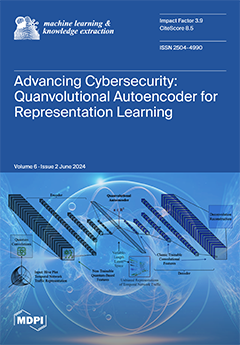This paper focuses on the current application of machine learning (ML) in enhanced oil recovery (EOR) through CO
2 injection, which exhibits promising economic and environmental benefits for climate-change mitigation strategies. Our comprehensive review explores the diverse use cases of ML techniques in
[...] Read more.
This paper focuses on the current application of machine learning (ML) in enhanced oil recovery (EOR) through CO
2 injection, which exhibits promising economic and environmental benefits for climate-change mitigation strategies. Our comprehensive review explores the diverse use cases of ML techniques in CO
2-EOR, including aspects such as minimum miscible pressure (MMP) prediction, well location optimization, oil production and recovery factor prediction, multi-objective optimization, Pressure–Volume–Temperature (PVT) property estimation, Water Alternating Gas (WAG) analysis, and CO
2-foam EOR, from 101 reviewed papers. We catalog relative information, including the input parameters, objectives, data sources, train/test/validate information, results, evaluation, and rating score for each area based on criteria such as data quality, ML-building process, and the analysis of results. We also briefly summarized the benefits and limitations of ML methods in petroleum industry applications. Our detailed and extensive study could serve as an invaluable reference for employing ML techniques in the petroleum industry. Based on the review, we found that ML techniques offer great potential in solving problems in the majority of CO
2-EOR areas involving prediction and regression. With the generation of massive amounts of data in the everyday oil and gas industry, machine learning techniques can provide efficient and reliable preliminary results for the industry.
Full article





